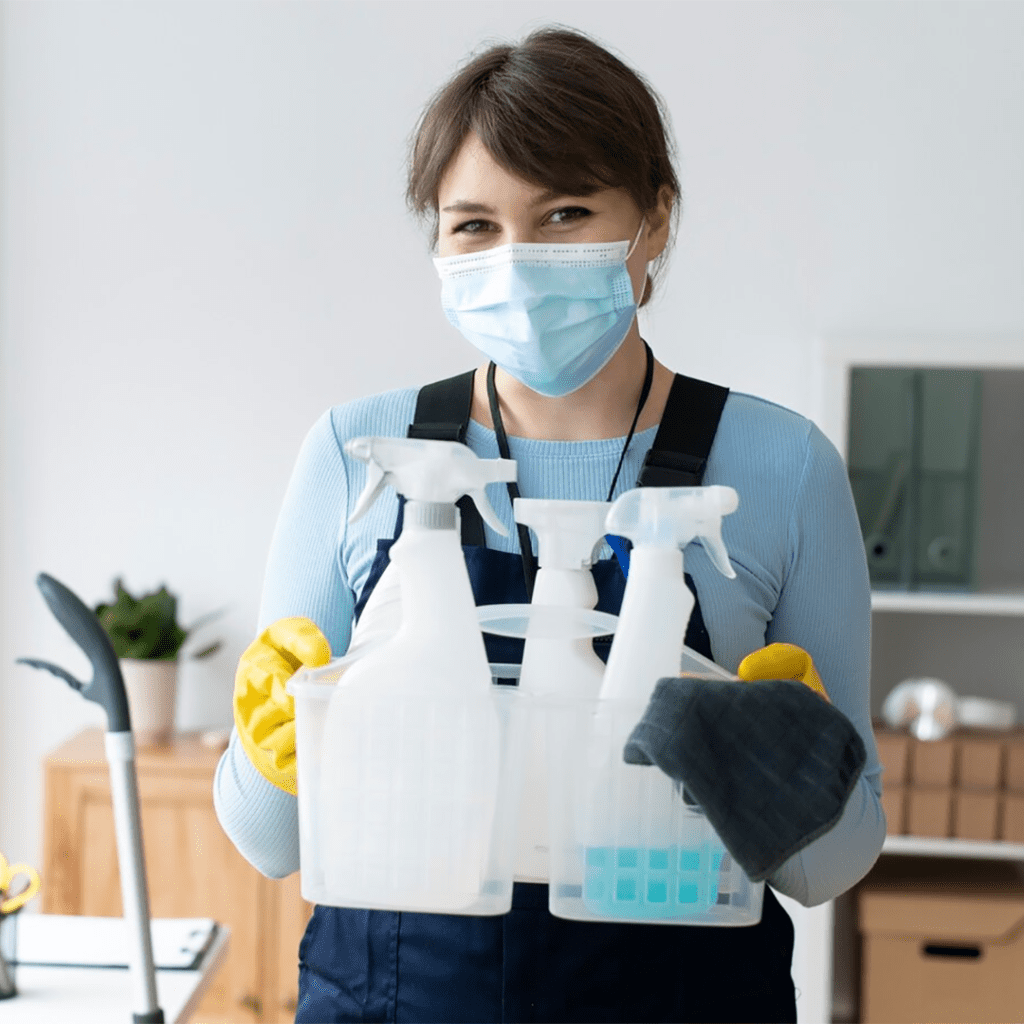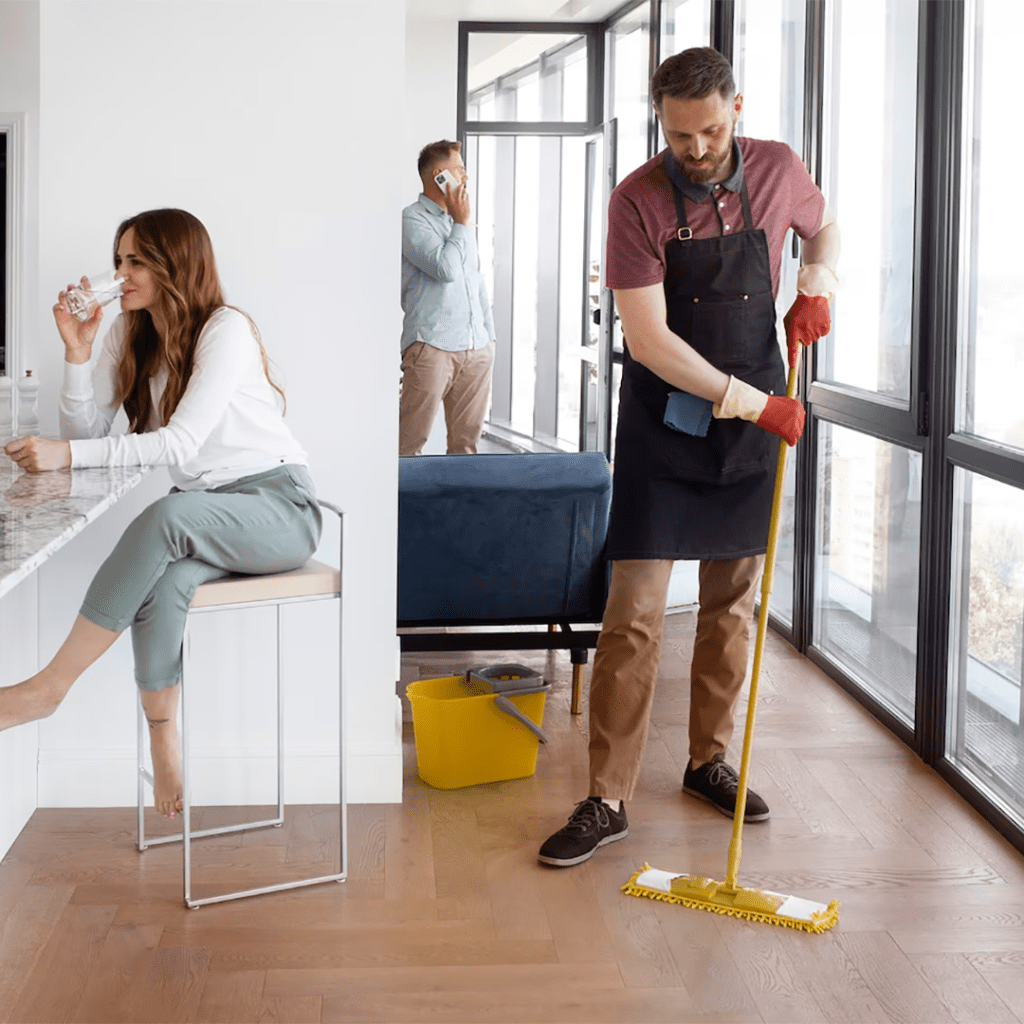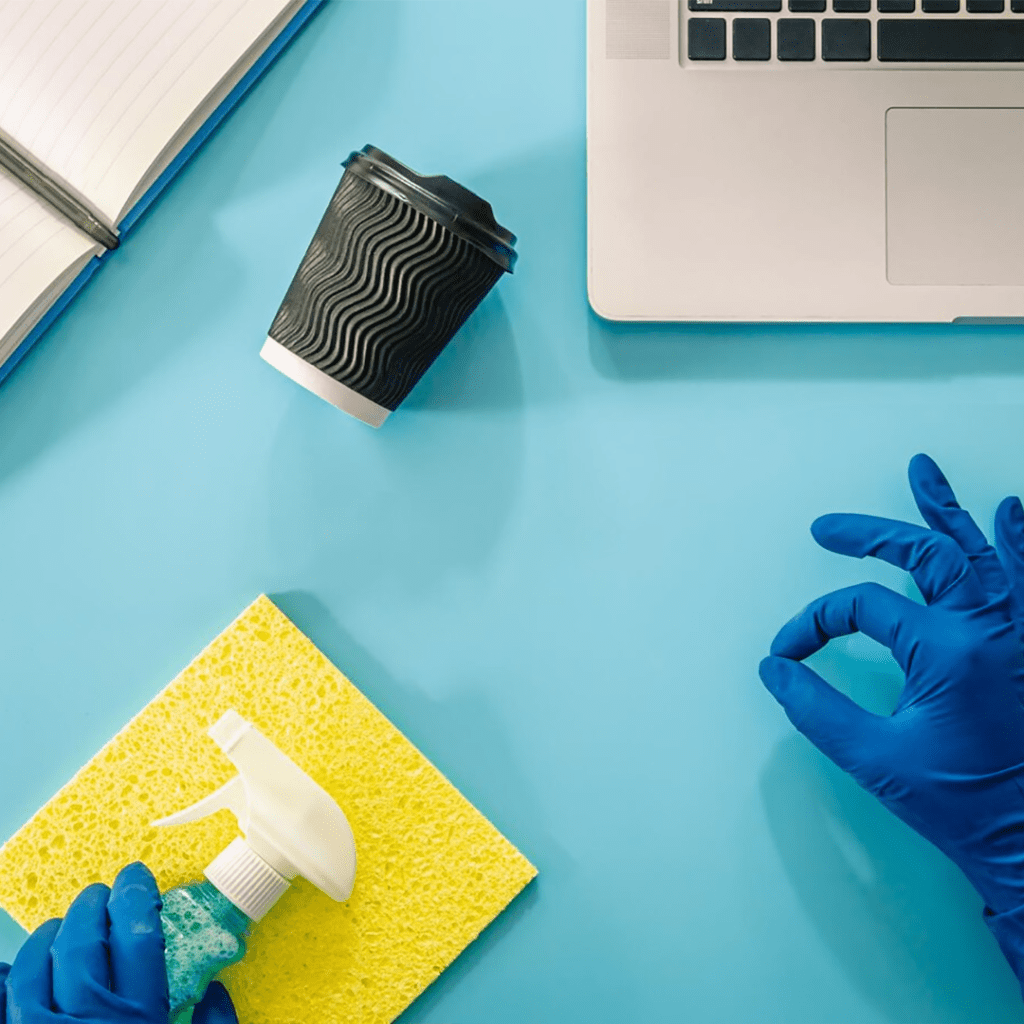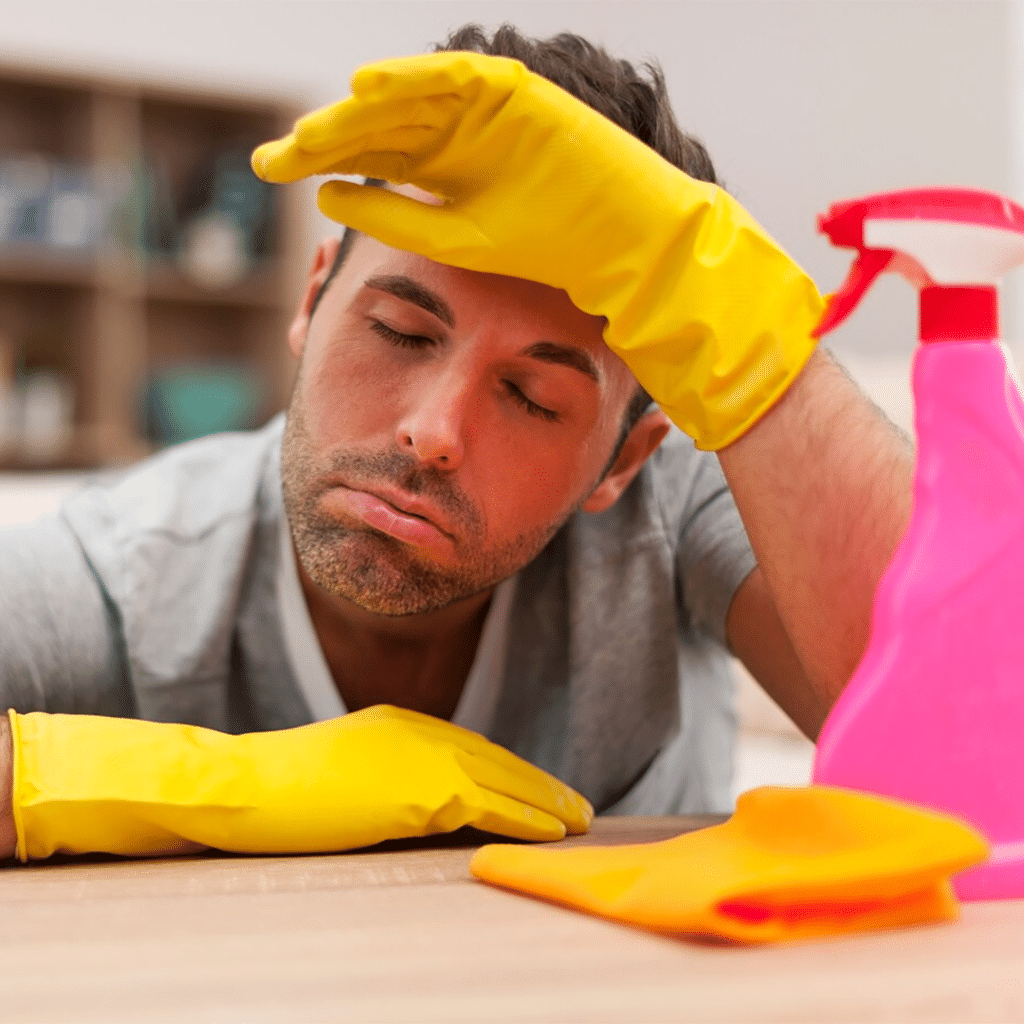Ensuring Safety in the Age of COVID-19: Elevating Cleaning Protocols

The advent of the COVID-19 pandemic has transformed various aspects of our lives, and the cleaning industry is no exception. Health and safety have taken center stage, and cleaning is no longer about just appearance, but about ensuring the well-being of occupants. For professional housecleaners, adapting to these changes ensures not just business continuity, but also conveys care and responsibility to clients.
Understanding the Invisible Adversary
The SARS-CoV-2 virus, responsible for the COVID-19 disease, primarily spreads through respiratory droplets. It can survive on different surfaces for varying durations, emphasizing the need for rigorous cleaning. Research published in the Journal of Hospital Infection found the virus could live on surfaces like plastic and stainless steel for up to 72 hours, making regular disinfection crucial.
Choosing the Right Disinfectant
Not all cleaning agents are effective against the virus. The U.S. Environmental Protection Agency (EPA) has provided a list of approved disinfectants specifically formulated to combat SARS-CoV-2. For professional housecleaners, ensuring the usage of these approved substances is a vital step. Common household items like bleach and alcohol solutions with at least 70% alcohol content also prove effective.
Frequent Touchpoints: The Critical Zones
Certain areas in homes are touched more frequently than others. These include doorknobs, light switches, remote controls, and countertops. Prioritizing these “high-touch” areas ensures that the risk of transmission is considerably reduced. A survey conducted by a health organization revealed that high-touch surfaces in homes were among the primary conduits for virus transmission, emphasizing their regular disinfection.
Personal Protective Equipment (PPE): Shielding the Frontline
For housecleaning professionals, personal safety is paramount. Using appropriate PPE like masks, gloves, and even face shields can prevent the inadvertent transmission of the virus. The World Health Organization recommends the disposal of gloves and masks after cleaning each house to prevent cross-contamination.
Educating Clients: A Collaborative Effort
Open communication with clients is more crucial than ever. By educating clients on the measures being taken and the protocols followed, housecleaning businesses can foster trust. Furthermore, professionals can guide clients on maintaining hygiene post-cleaning, ensuring sustained safety.
Ventilation: The Unsung Hero
Increasing the ventilation in indoor spaces can reduce the concentration of airborne contaminants, including viruses. The Centers for Disease Control and Prevention (CDC) suggests opening windows or adjusting air conditioning to usher in fresh air. For cleaning professionals, initiating cleaning tasks with this step can dilute any lingering viral particles.
Tech to the Rescue: Embracing Innovations
Emerging technologies have offered novel solutions. Electrostatic sprayers, which give disinfectants a positive charge so they cling to surfaces more effectively, are becoming popular. Ultraviolet (UV) light devices, particularly UV-C, have also shown promise in disinfecting areas hard to reach by traditional methods.
Final Thoughts
The age of COVID-19 has underscored the significance of cleaning not just for aesthetics but for health. By elevating protocols, adopting the right tools, and fostering open communication, housecleaning professionals not only ensure safety but also strengthen their relationship with clients in these trying times. The emphasis on health and safety is likely to remain even post-pandemic, making these practices an enduring part of the cleaning industry’s fabric.



Responses